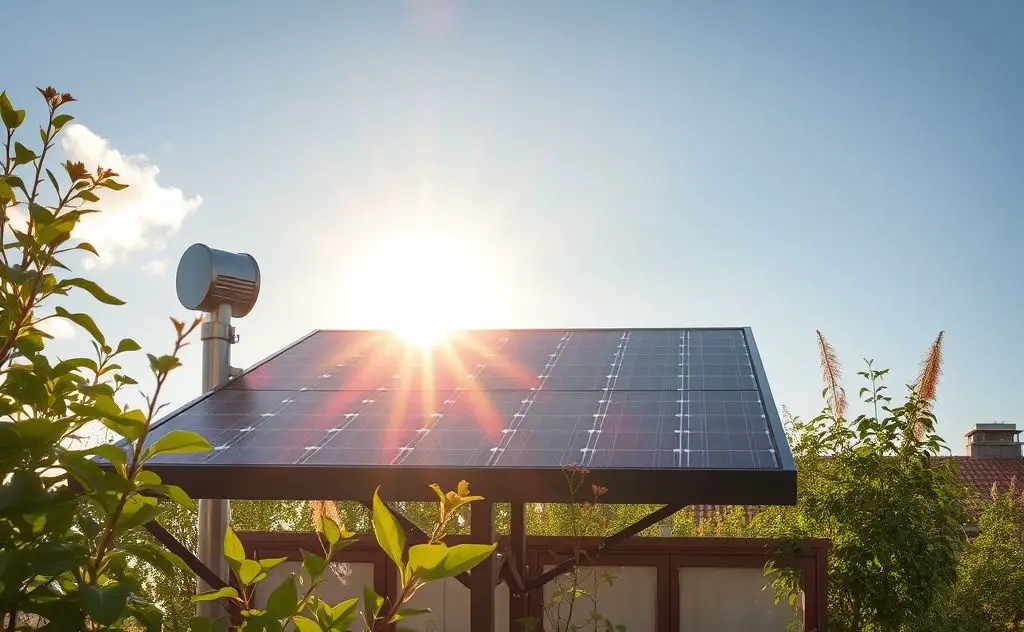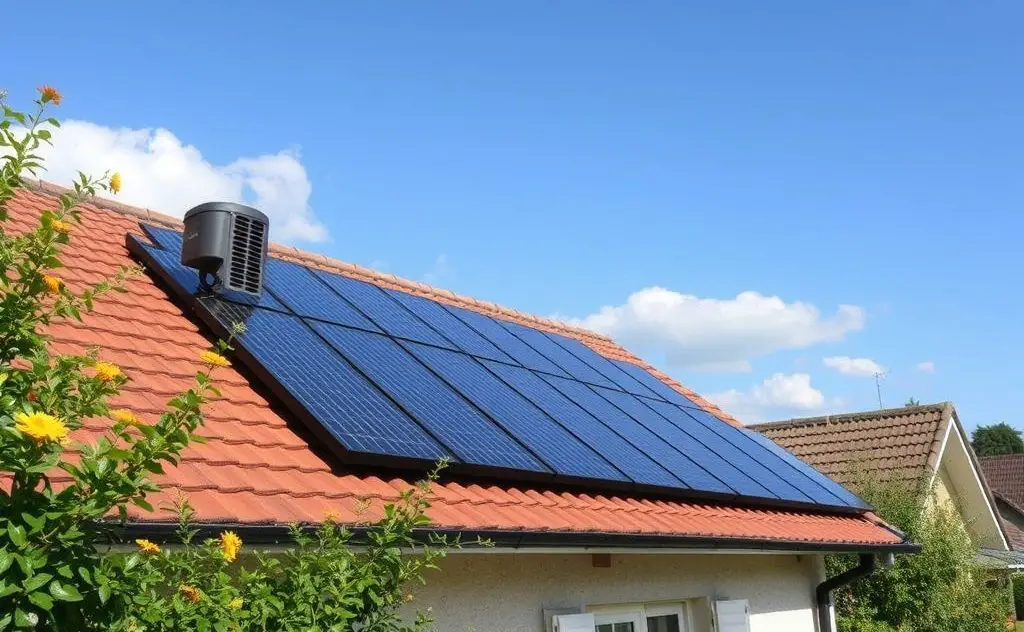Solar powered air heaters harness sunlight to efficiently warm air for residential or commercial use, reducing energy costs and environmental impact.
Solar powered air heaters harness sunlight to warm indoor spaces without grid electricity. These innovative systems provide clean, renewable heat while reducing fossil fuel dependence.

How Solar Air Heaters Work
Solar air heaters use simple but effective technology:
- Sunlight passes through a transparent cover
- Absorber plates convert light to heat
- Fans circulate warmed air through ducts
- Thermostats maintain desired temperatures
The best solar heating systems can reach temperatures up to 150°F on sunny days, even in cold climates.
Key Components
Solar Collector
Made of durable aluminum or steel with selective coatings that maximize heat absorption while minimizing heat loss.
Air Circulation System
Small PV-powered fans move air through the collector and into living spaces. Some models use natural convection.
Control System
Thermostats and humidity sensors optimize performance and prevent overheating.

Benefits of Solar Air Heating
| Advantage | Impact |
|---|---|
| Energy savings | Reduce heating bills by 30-50% |
| Low maintenance | No moving parts except small fan |
| Quick payback | 3-7 year return on investment |
| Environmentally friendly | Zero emissions operation |
According to Arctica Solar, their Antarctic-tested systems can provide up to 30,000 BTU/hr of supplemental heat.
Installation Considerations
Optimal Placement
South-facing walls or roofs with maximum sun exposure work best. Vertical mounting prevents snow accumulation in winter.
Ductwork
Keep duct runs short (under 6 feet) to minimize heat loss. Use insulated flex duct for best results.
Supplemental Heat
For 24/7 heating, pair with a gas heater or wood stove for nighttime and cloudy days.
Top Solar Air Heater Models
Arctica Solar 1500 Series
- 1,500W (5,000 BTU/hr) capacity
- Includes 10W PV panel
- Ready-to-mount design
Northern Lights THERMAX
Originally designed for pools, these rugged panels work well for air heating too. Their polycarbonate construction withstands extreme weather.
Cost and Savings
A complete residential system typically costs $1,500-$3,000 installed. Many states offer rebates and tax credits that can cover 30-50% of costs.
As noted by HVAC Quick, proper sizing is crucial – most homes need multiple units for effective whole-house heating.
Maintenance Tips
- Clean collector surface annually
- Check duct connections for leaks
- Test thermostat operation
- Inspect fan motor bearings every 2-3 years
For colder climates, consider adding a check valve to prevent cold air backflow when the system is off.

